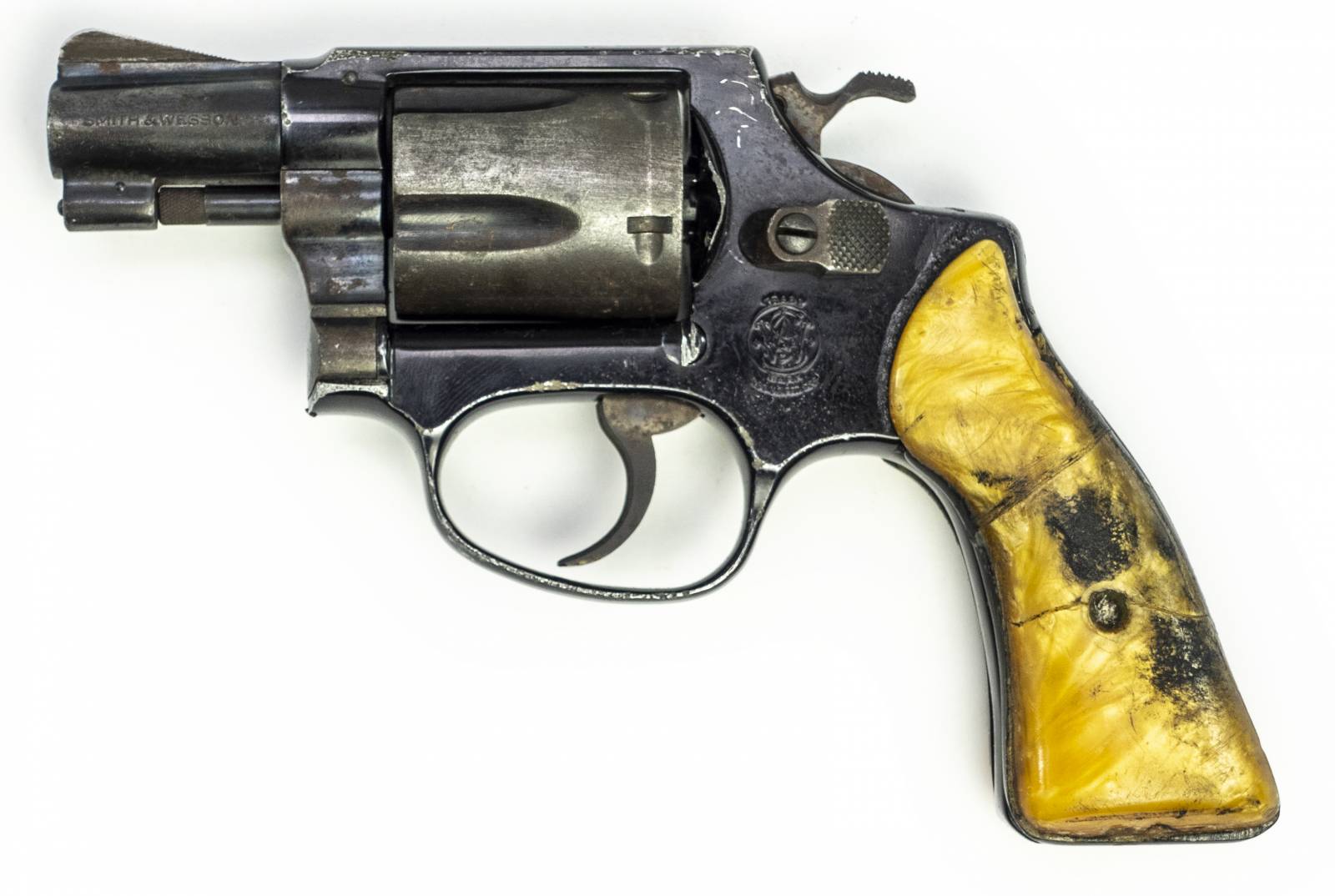Celluloid, not just for old films
If you like pulpy action films, odds are you saw the Tarantino blood fest that is Inglourious Basterds, in which Nitrate-based celluloid film stock, the industry-standard before about 1950, has a key plot point, thus:
The Tarantino film borrows a clip from the 1936 Hitchcock classic, Sabotage, seen here:
For a quick note, celluloid dates back to the 1870s and is made from nitrocellulose and camphor, which gives the product a slight Vicks Vapor rub smell and a greasy texture. It is also, like the movies say, flammable and, going into more detail, is prone to decay to the point of dust over time– which is why hundreds of old films have disappeared entirely.
Besides film, a lot of inexpensive pocket knives from the 1920s and 30s— particularly those with printed advertisements– had celluloid handles that today are often decomposing to the point of cracking and breaking off, their carbon steel blades showing rusting stains from the prolonged leaching effect of the nitrate.

My old Colt M1903– sent to Honeyman Hardware in Portland in July 1911– with a period celluloid penknife that, so far, has minimal decay. The grips on the Colt are bakelite, another pre-plastic plastic.
Celluloid was also used occasionally for pistol grips, a stand-in for pearl and mother of pearl before plastic came along.
For instance, I just saw this bad boy in a series of beat-up wheelguns for sale over at Centerfire Systems that have all seen much better days but have a genuine noir period patina to them.
It is a S&W Model 37 snubby, a 38 Special follow up to the Chief’s Special that debuted in 1951. While the grips are billed as “Synthetic Pearl” they look like celluloid to me, perhaps made originally for a S&W Terrier.

